Homebuyers today are more informed than ever, and certain construction shortcuts that once passed unnoticed are now major red flags during inspections. As buyers become more cautious, they’re looking beyond cosmetic fixes and focusing on the long-term quality of a home. Many of these shortcuts may have been acceptable in the past, but shifting industry standards and buyer expectations have made them dealbreakers. Sellers who cut corners may find their homes lingering on the market or facing costly negotiations.
1. Painted-Over Water Damage

According to House Beautiful, painting over water stains is a common trick used to mask past leaks, but inspectors can easily identify it. Moisture meters and thermal imaging cameras can detect hidden water damage beneath fresh paint. Buyers who uncover concealed water issues may assume there are larger, unresolved plumbing or roofing problems. Attempting to cover up the issue instead of fixing it properly can lead to lost trust and failed negotiations.
A better approach is to repair the source of the leak and document the fix with receipts or inspection reports. Transparency reassures buyers and prevents future legal disputes over undisclosed damage. Honest disclosures help sellers avoid accusations of deception and build confidence in the home’s condition. Investing in a proper repair now can prevent major price reductions later.
2. Cheap Vinyl Flooring Over Existing Tile
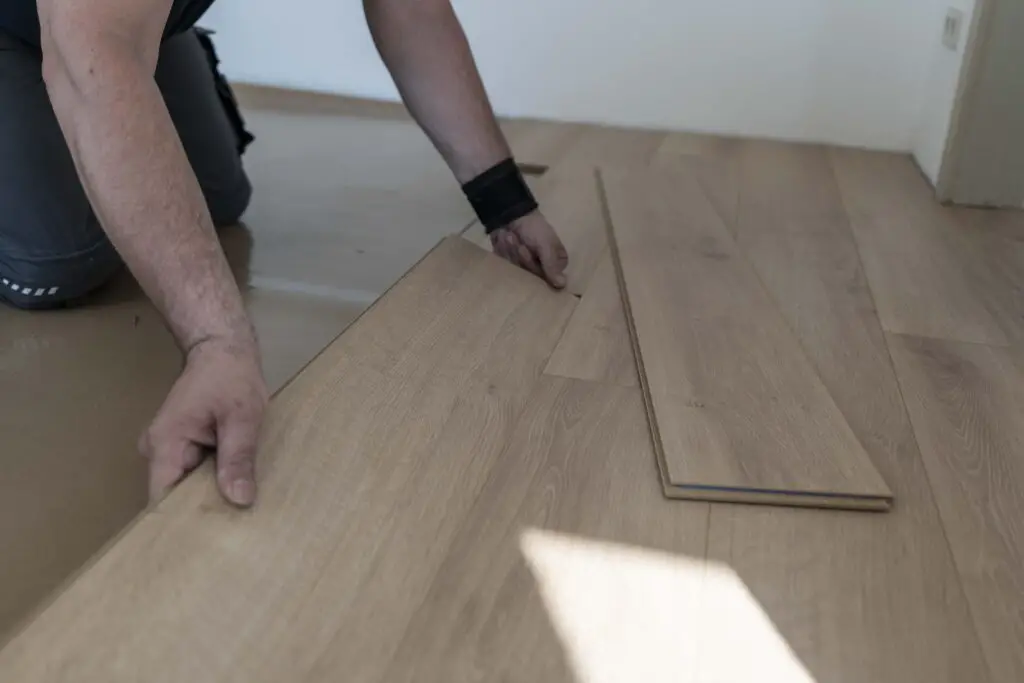
As noted by The New York Times, layering inexpensive vinyl planks over existing tile can create more problems than it solves. While this shortcut provides a quick aesthetic upgrade, it often results in uneven surfaces, improper sealing, and trapped moisture. Over time, the adhesive can break down, leading to peeling edges and warping. Buyers and inspectors are increasingly wary of this approach, as it can indicate deeper flooring issues.
The best solution is to properly remove old flooring and install new materials with the correct subfloor preparation. This ensures long-term durability and avoids potential hidden damage. Quality flooring upgrades add value to a home and provide buyers with peace of mind. Cutting corners here often leads to expensive repairs down the line.
3. Quick DIY Electrical Fixes

According to Architectural Digest, DIY electrical work is a major red flag for home inspectors and buyers alike. Quick fixes, such as using incorrect wire gauges or overloading circuits, can lead to fire hazards. Inspectors can spot amateur work by looking for mismatched outlets, exposed wiring, or improperly secured junction boxes. When buyers see shoddy electrical work, they often assume the rest of the house may have similar issues.
Hiring a licensed electrician to inspect and correct any DIY work is the safest and most buyer-friendly approach. This not only adds value but also provides documentation for peace of mind. Electrical shortcuts can put an entire home at risk and lead to costly repairs. Proper electrical work reassures buyers that the home is safe and up to code.
4. Partial Roof Repairs Instead of Full Replacements
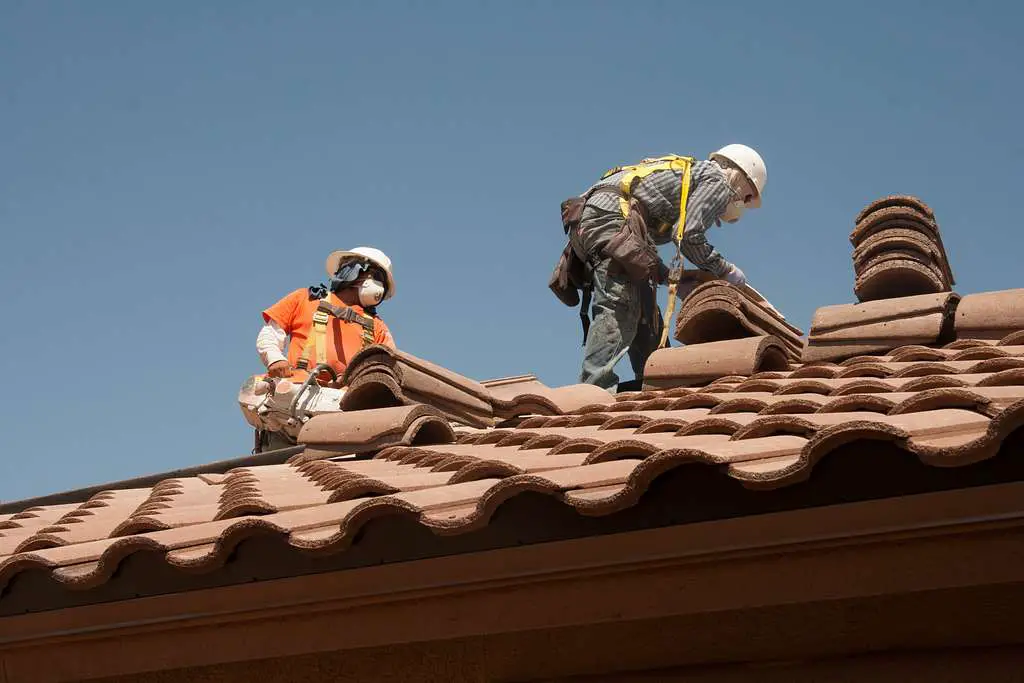
As reported by The Spruce, patching sections of a roof instead of replacing it entirely can be a warning sign of bigger structural issues. While a few new shingles may temporarily cover leaks, mismatched materials and uneven wear indicate a history of neglect. Inspectors can identify inconsistent roofing materials and inadequate flashing, which often lead to future leaks. Buyers are becoming more hesitant to invest in homes with questionable roofing repairs.
A full roof replacement, when necessary, is a more reliable investment that reassures buyers. Providing warranties and documentation from a professional roofer adds credibility and boosts confidence in the home’s condition. Patching problem areas instead of addressing the entire roof can lead to recurring issues. Buyers are more willing to negotiate on price when they suspect a home has hidden maintenance problems.
5. Hollow Core Doors Throughout the House
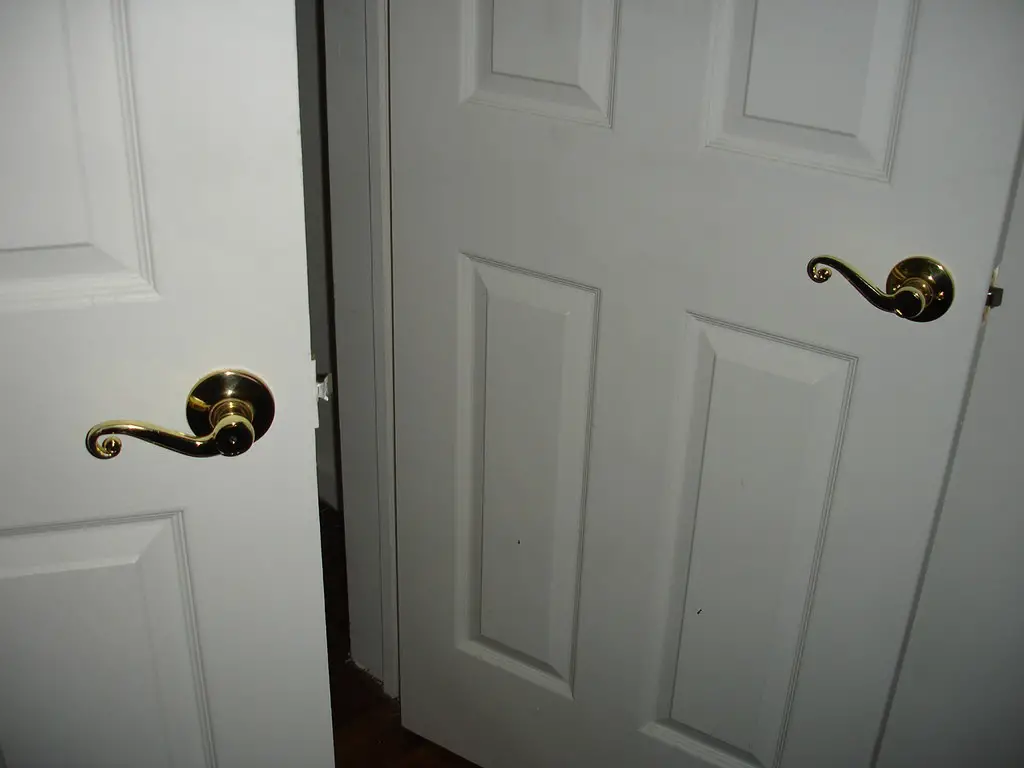
Hollow core doors are a common budget-friendly choice, but their lack of durability and soundproofing makes them less desirable. Buyers often associate these lightweight doors with lower-quality construction, especially in higher-end homes. Over time, they can become dented, warped, or easily damaged, making them a long-term frustration. Inspectors may note these as a sign that cost-cutting measures were used throughout the home.
Replacing hollow core doors with solid options improves a home’s perceived quality. Solid doors provide better insulation, soundproofing, and durability, making them a worthwhile investment. Buyers appreciate details that contribute to the overall functionality and comfort of a home. While hollow doors may save money upfront, they can reduce a home’s appeal during resale.
6. Insufficient Insulation in Attics and Walls
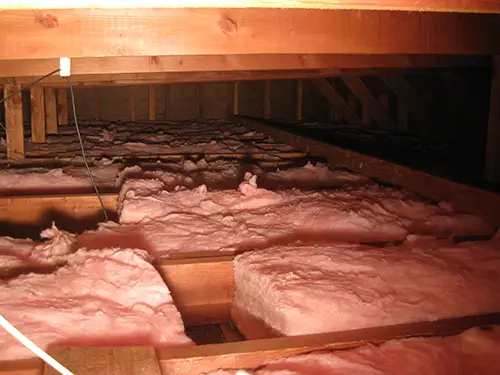
Some builders skimp on insulation to cut costs, but buyers are becoming increasingly aware of its importance. Poor insulation leads to high energy bills, inconsistent indoor temperatures, and reduced home efficiency. During an inspection, inadequate insulation is often revealed through thermal imaging, exposing temperature differences in walls and ceilings. Buyers may walk away from homes that require major energy-efficiency upgrades.
Upgrading insulation improves comfort and lowers energy costs, making it an attractive selling point. Properly insulated homes retain heat in the winter and keep cool air inside during the summer. A home that lacks sufficient insulation may struggle to compete in a competitive market. Energy-conscious buyers are prioritizing efficiency more than ever before.
7. Single-Pane Windows That Haven’t Been Upgraded
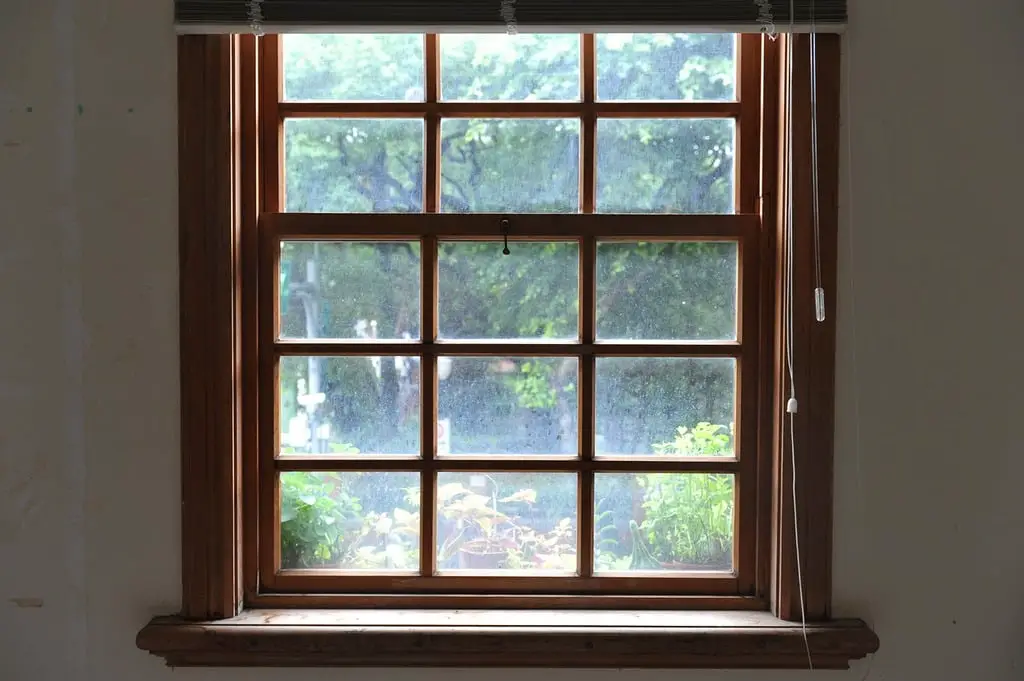
Older homes with single-pane windows may struggle to meet modern energy standards. These windows provide little insulation, allowing drafts and outside noise to seep in. During inspections, buyers often notice condensation buildup between panes or difficulty opening and closing older windows. Many buyers see outdated windows as a sign that other parts of the home may also be outdated.
Upgrading to double-pane or energy-efficient windows makes a significant difference in insulation and noise reduction. These improvements not only enhance comfort but also lower heating and cooling costs. While replacing windows can be expensive, it’s a major selling point for modern buyers. Neglecting this upgrade can make a home seem outdated and less desirable.
8. Overuse of Peel-and-Stick Wallpaper

Peel-and-stick wallpaper is a trendy design shortcut, but it can be a red flag for buyers. While it offers a quick aesthetic upgrade, it often peels at the edges or leaves behind adhesive residue. Inspectors may notice uneven application, bubbling, or discoloration, which can make a home look poorly maintained. Buyers may also assume that it’s hiding wall damage, leading to unnecessary concerns.
Instead, properly prepping and painting walls is a more reliable long-term solution. High-quality paint provides durability and a fresh look without the risk of peeling. Buyers prefer finishes that require less maintenance and won’t need to be replaced quickly. While peel-and-stick wallpaper is appealing for renters, homeowners looking to sell should opt for more permanent solutions.
9. Cheap Prefabricated Kitchen Cabinets
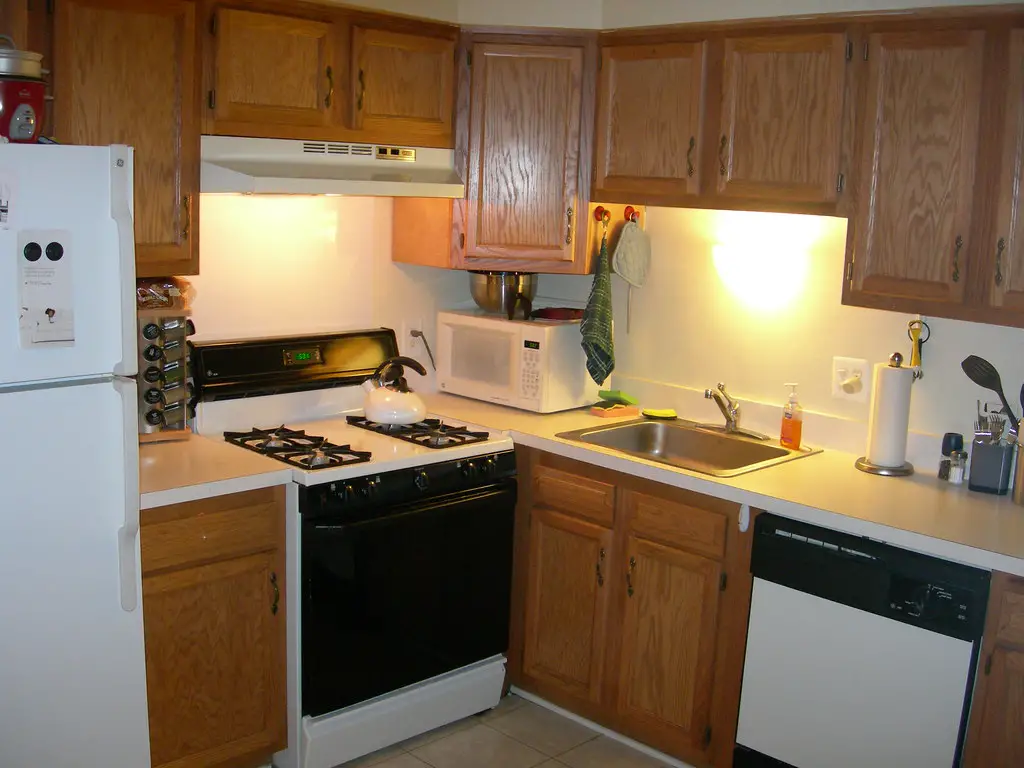
Some sellers install low-quality prefabricated kitchen cabinets to give the appearance of an updated space. However, thin particleboard construction, weak hinges, and poorly aligned doors can make the kitchen feel less durable. Inspectors and buyers often test cabinet quality by checking drawer movement and overall sturdiness. Flimsy cabinets can make buyers question the integrity of other home updates.
Investing in higher-quality cabinets or refinishing existing solid wood cabinetry can be a smarter choice. Buyers value kitchens that are both stylish and functional, and poorly made cabinets can be a dealbreaker. A well-designed kitchen is one of the most important selling points in a home. Cutting corners in this space can make an entire house seem lower in quality.
10. Tiled Showers Without Proper Waterproofing

A tiled shower may look elegant, but if not installed correctly, it can lead to major moisture problems. Some builders skip essential waterproofing layers, resulting in mold growth and structural damage. Inspectors can spot signs of improper installation, such as cracked grout, missing sealant, or soft drywall behind the tile. Buyers are increasingly wary of showers that may require expensive repairs down the line.
Using the right waterproofing materials, such as a cement backer board and sealant, ensures longevity. A properly installed shower will hold up to daily use without developing leaks. Buyers appreciate homes with quality construction that won’t lead to hidden maintenance costs. Taking shortcuts in wet areas can result in costly mold remediation and lower buyer confidence.
11. Floating Shelves That Lack Proper Support
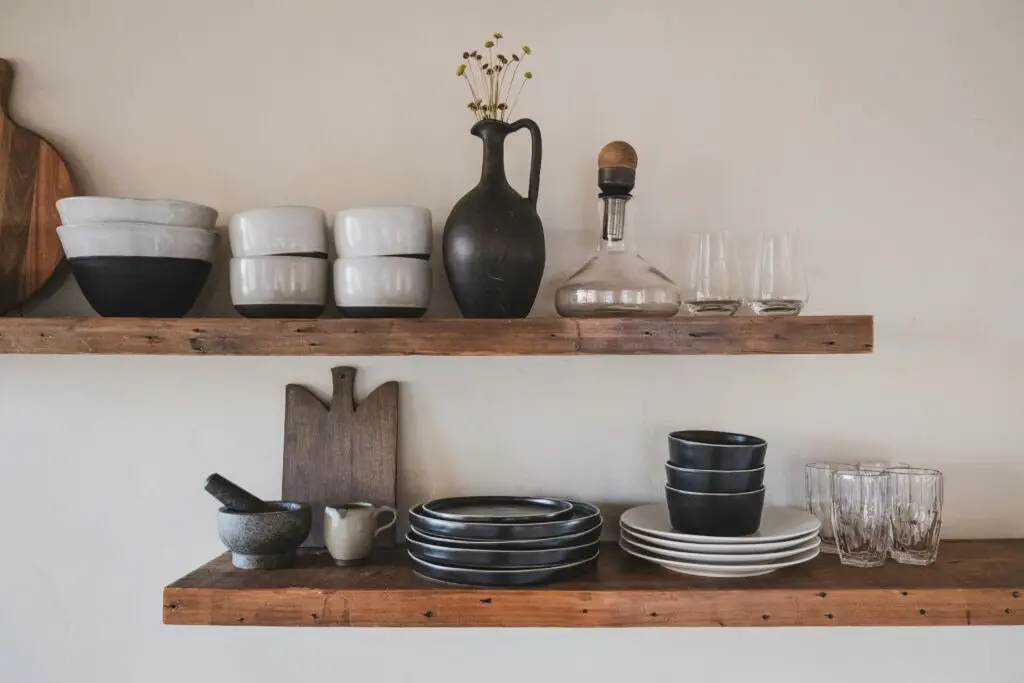
Floating shelves are a popular design feature, but when installed incorrectly, they can become a liability. Many homeowners use drywall anchors instead of securing shelves into studs, making them prone to collapsing. Inspectors and buyers often test shelving stability, and wobbly or sagging shelves can indicate poor craftsmanship. A home with unreliable fixtures may raise concerns about the quality of other DIY projects.
Using heavy-duty brackets or securing shelves properly into wall studs ensures long-term stability. Buyers appreciate well-installed storage solutions that add function rather than frustration. While floating shelves can enhance a space visually, they must be correctly mounted to avoid becoming a hazard. A few extra steps in installation can prevent a negative impression during an inspection.
12. Builder-Grade Fixtures and Hardware
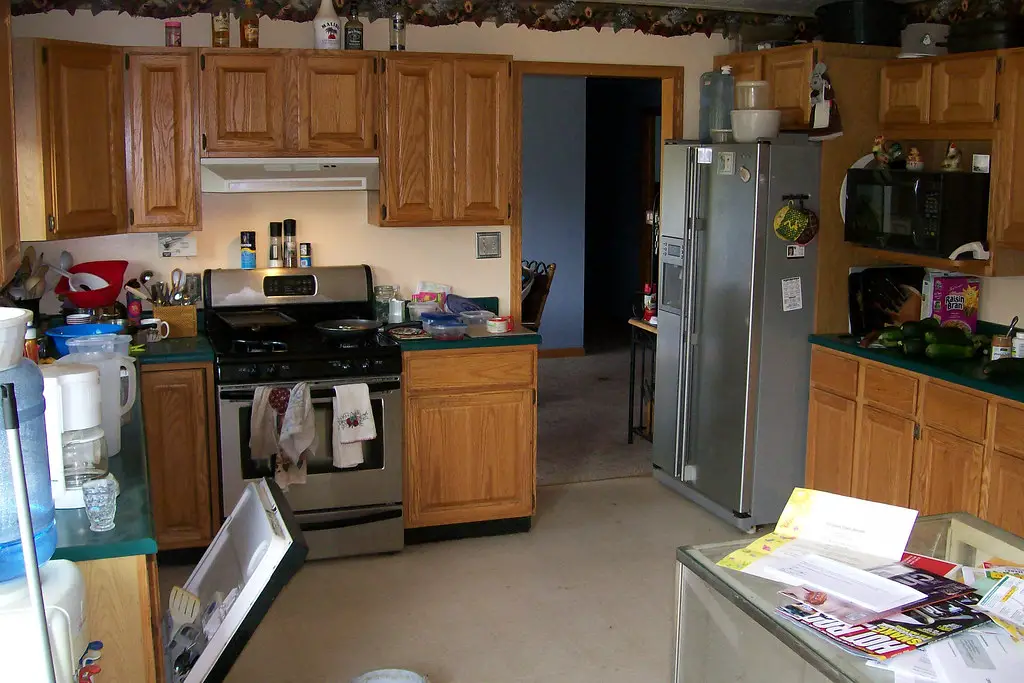
Homes with outdated, builder-grade fixtures can give the impression of cheap construction. Thin, hollow doorknobs, flimsy faucets, and plastic lighting fixtures can make a home feel less high-end. Inspectors may not flag these as defects, but buyers often notice them as signs of cost-cutting. These small details can make a big difference in how a home is perceived.
Upgrading to solid metal hardware, modern faucets, and stylish light fixtures is a simple way to elevate a home’s value. Buyers appreciate thoughtful updates that don’t feel generic or mass-produced. A home that looks well-maintained and stylish is more likely to stand out in a competitive market. Minor upgrades can have a significant impact on buyer perception.
13. Over-Reliance on Open Shelving in Kitchens
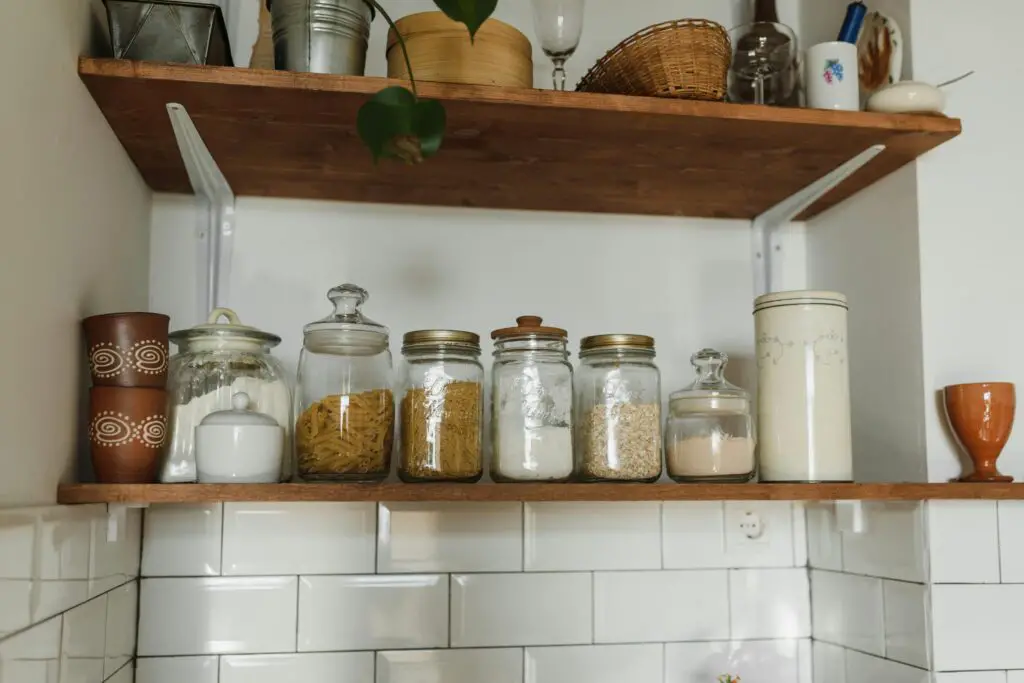
Open shelving has become a trendy alternative to upper cabinets, but it’s not always practical for everyday use. Shelves that collect dust, grease, and clutter can make kitchens feel messy rather than modern. Buyers may see open shelving as a maintenance hassle rather than a functional storage solution. If shelves are overloaded or sagging, it can create an impression of disorganization.
A balanced approach, such as combining open shelves with closed cabinetry, offers both aesthetics and functionality. Buyers want kitchens that provide enough storage without requiring constant upkeep. Overdoing open shelving can make a space feel chaotic rather than inviting. Homes with well-designed storage solutions tend to attract more interest from buyers.
14. Thin, Low-Quality Laminate Countertops
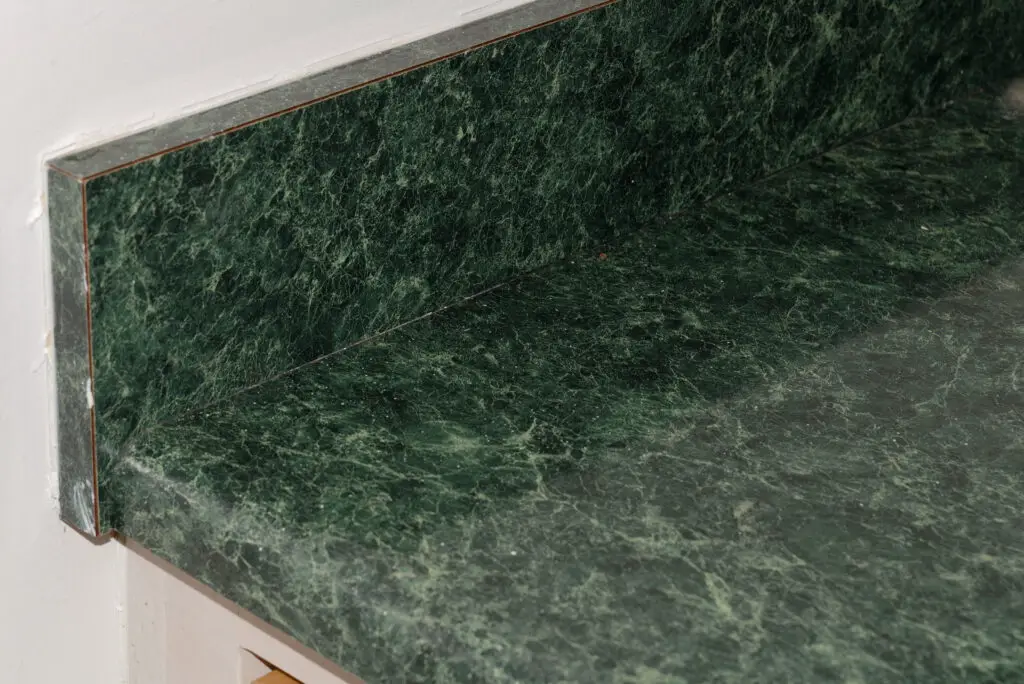
Low-cost laminate countertops may look fine at first glance, but they don’t hold up well over time. Buyers can easily spot signs of wear, such as peeling edges, burn marks, and water damage. Inspectors may also point out areas where moisture has seeped into particleboard underneath, causing swelling. Cheap countertops can make an entire kitchen or bathroom feel outdated.
Investing in durable surfaces, such as quartz or butcher block, provides better long-term value. Buyers are looking for materials that are stylish, easy to maintain, and resistant to damage. While laminate may be an affordable option, it can detract from a home’s overall appeal. Choosing higher-quality finishes makes a home more desirable and competitive in the market.
